The Science Behind Ultrafast Light Pulses and Molecular Motion
Written on
Chapter 1: Introduction to Ultrafast Imaging
In recent weeks, the Nobel Prize in Physics was awarded to Anne L’Huillier, Ferenc Krausz, and Pierre Agostini for their groundbreaking work in generating attosecond light pulses, which are pivotal for examining the dynamics of electrons within matter. An attosecond, a billionth of a billionth of a second, is an incredibly brief time span. Humans typically perceive motion at around 30 to 60 frames per second; however, ultrafast imaging operates on time scales many orders of magnitude shorter. For instance, biological processes like protein folding occur over microseconds, while the formation and breaking of chemical bonds happen in femtoseconds, and electron movements are measured in attoseconds.
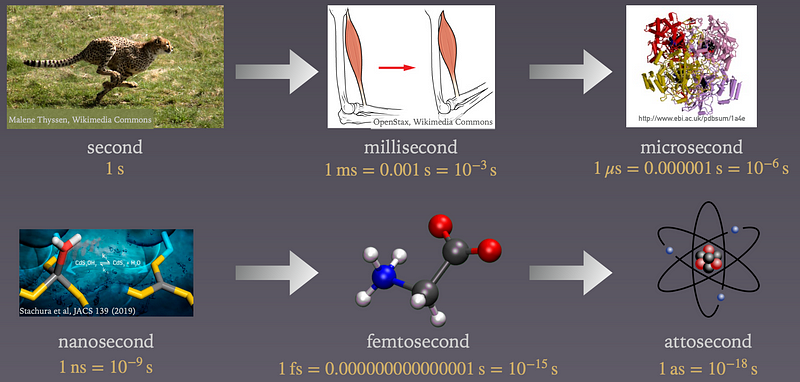
Significant phenomena, such as photoexcitation—which initiates photosynthesis—unfold within attoseconds to femtoseconds. Ahmed Zewail, a previous Nobel laureate, recognized that these time-dependent processes cannot be adequately studied with static methods. To capture these rapid events, we require cameras that can operate at extraordinary speeds and can also resolve spatial dimensions smaller than a nanometer. This presents a considerable experimental challenge.
In this article, I will provide a brief overview of ultrafast imaging. You will discover the typical experimental configurations for investigating attosecond phenomena, the light sources utilized, and the potential of ultrafast imaging in examining the intricate workings of organic molecules found in sunscreen and photovoltaic cells. Portions of this article are derived from a presentation I delivered at the Chaos Communication Congress 2019 in Leipzig, which can also be viewed on YouTube.
Chapter 2: The Historical Context of Ultrafast Movies
The inaugural ultrafast movie was not focused on molecular movements but rather on horses. Shortly after photography was invented, Eadweard Muybridge (1830 - 1904) sought to resolve a long-standing question: Do horses lift all their legs while galloping? The rapidity of the movement is imperceptible to the naked eye, but Muybridge ingeniously employed a series of triggers to capture this sequence of photographs. This technique is only effective if the exposure time is shorter than the duration of the movement; otherwise, the images would appear blurred.
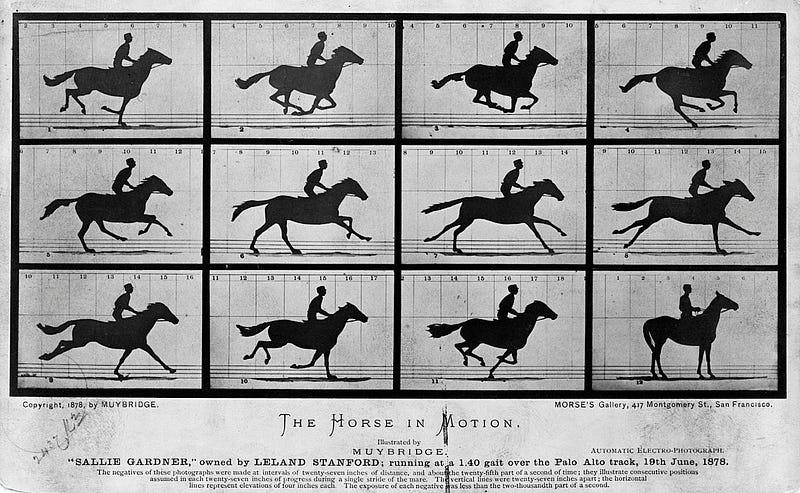
Section 2.1: The Pump-Probe Experiment
Scientists utilize ultrashort light pulses instead of traditional cameras to "photograph" atoms and molecules. A typical experimental setup comprises two light pulses: a pump pulse that initiates the process and a probe pulse that captures the moment after a variable time delay. By taking multiple snapshots at different intervals, researchers can create a sequence akin to a stop-motion film. It is worth noting that the sample is destroyed during the probe pulse, necessitating a continuous supply of identical atoms or molecules into the experimental chamber.
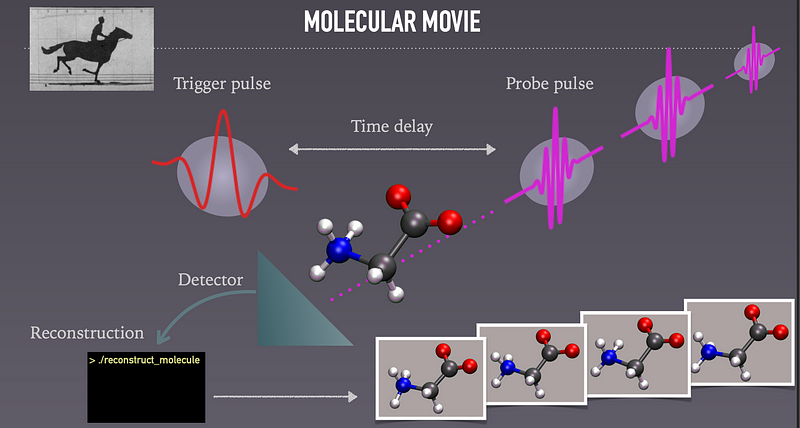
The selection of pump and probe pulses is tailored to the specific process under investigation. One such probe method is X-ray absorption spectroscopy. Due to the quantum characteristics of molecular electronic states, only light of specific energy levels will be absorbed. By directing different "colors" of light onto the molecule, the absorption lines that are blocked by the molecule become evident.
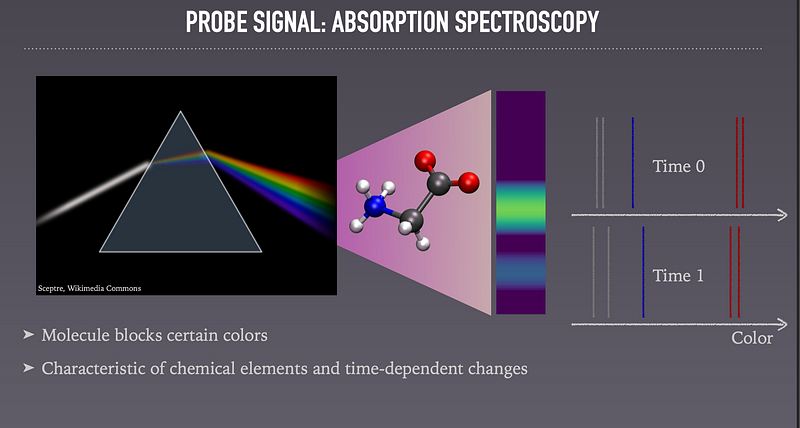
Section 2.2: Molecular Dynamics and Sunscreens
When a molecule absorbs light, it transitions to an excited electronic state, which is unstable. The molecule must then dissipate this energy, either by emitting a photon or by converting the excitation into molecular motion. This phenomenon is crucial for the organic molecules used in sunscreens, which protect the skin from ultraviolet radiation. UV photons excite these molecules, prompting nuclear motion that allows them to return to their ground state without emitting another UV photon.
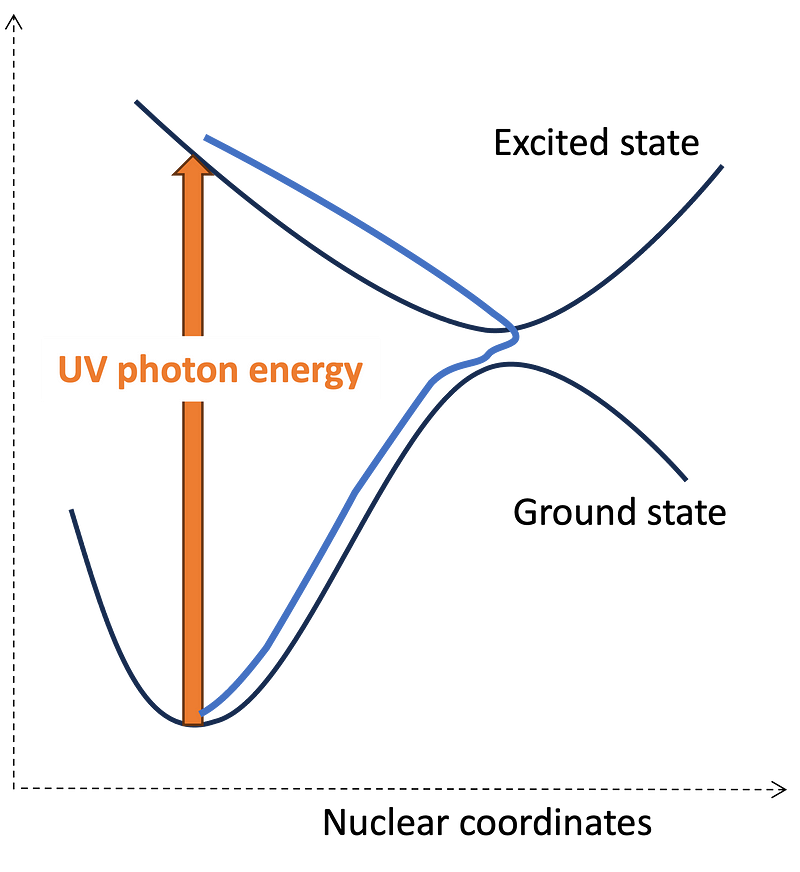
Chapter 3: The Role of Charge Transfer in Solar Cells
If the photon energy is sufficiently high, an electron may be ejected from the molecule, resulting in an ionized molecule. The positive charge can then migrate along the molecule, forming the basis for an electric current. In organic solar cells, molecules such as the polymer BT-1T are employed to facilitate charge transport. The theoretically calculated X-ray absorption spectrum of ionized BT-1T illustrates this process, showcasing how the charge moves within the molecule.
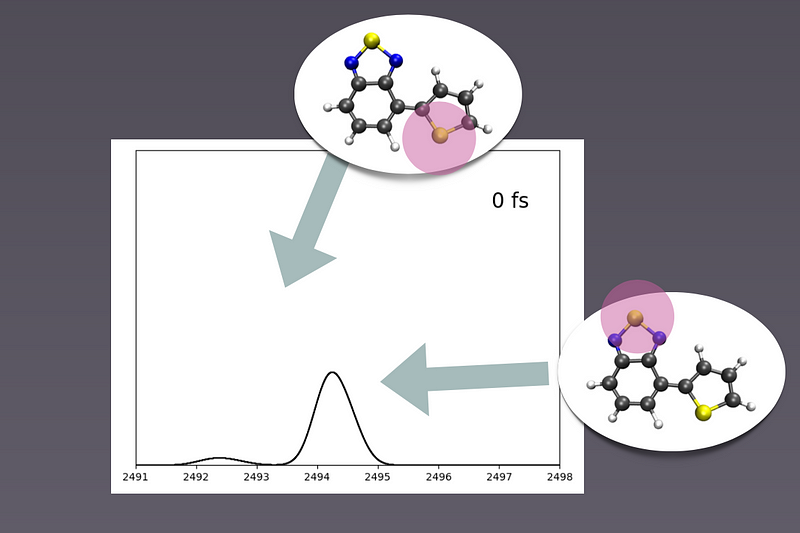
Chapter 4: Advancements in Light Source Technology
Laboratory light sources, such as those recognized by the 2023 Nobel Prize, utilize high harmonic generation. These lab-based sources are compact and cost-effective, with the ability to generate very short pulses, sometimes just a few attoseconds in duration. However, they are limited in terms of intensity.
For ultra-short, high-intensity light pulses in the X-ray spectrum, X-ray free-electron lasers (XFELs) are employed. In an XFEL, electrons are accelerated and follow a wiggling path due to strong magnetic fields, emitting radiation that produces coherent, high-intensity light pulses.
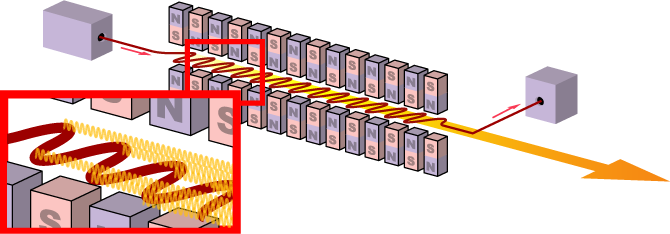
Chapter 5: Conclusion
In summary, we have explored the utility of ultrafast movies as applications of ultrashort light pulses. Many significant phenomena in physics, chemistry, and biology are time-dependent, and modern light sources enable us to study these aspects effectively. The examples of sunscreen molecules and organic photovoltaic cells underscore the critical role of atto- and femtosecond phenomena in both technology and biological systems.